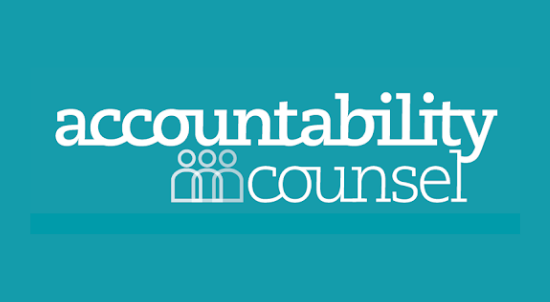World Bank Response to Sex Abuse Scandal is a Test of its Credibility

When the World Bank invested in the expansion of privatized, fee-charging education, developed and implemented by Bridge International Academies in Kenya and elsewhere, it failed to take seriously the risk of child sexual abuse perpetrated within those schools. Even once its client acknowledged that sexual abuse had taken place, the World Bank focused more on mitigating its and its client’s reputations, than on preventing and remedying harm caused to child victims.
The World Bank’s inadequate due diligence and oversight led its own accountability office to conclude that the bank failed victims of sexual abuse, in violation of its internal policies and safeguards.
The World Bank is currently deciding how it will respond to those findings, and to those girls who were brave enough to report the abuse despite the risks of stigma, retaliation, and retraumatization.
The World Bank’s response will serve not only as a barometer for its treatment of gender-based violence, but also a critical test of its development model more broadly. As the World Bank seeks to position itself for a major capital increase: will its actions reflect (or not) conduct becoming of leadership in effective, responsible, and sustainable development?
What the World Bank should do, and indeed what any responsible investor should do, can be boiled down to two common-sense steps. If the World Bank were a leader in sustainable development we’d expect them to:
- Listen to survivors. Survivors know what it would take to meaningfully address the harms they have suffered. They are the experts in their needs. A responsible investor would ensure that survivors of abuse at Bridge Academies have an opportunity to provide feedback on the remedy plan and that their feedback is incorporated.
- Provide remedy. A responsible investor would support the establishment of a redress process that provides remedy to Bridge survivors of sexual abuse and contribute financially to the redress itself. Promises and systems in place to do better next time are important, but the girls who suffered harm also need remedy now.
As simple as ‘listening to people and responding to their needs’ sounds (in the field of development, no less), we have reason to worry. We have heard all sorts of excuses for why the World Bank cannot take these two steps, including that it would cost too much.
If the World Bank fails to take these steps, it will confirm what civil society organizations and communities have been raising red flags about for decades. That its development model is broken. That it does not care about human rights, or its impact on the world’s poorest. That the most vulnerable communities will continue to be overlooked, except when they are able to access the courts; in which case the World Bank will fight them tooth-and-nail, claiming immunity that it does not warrant nor deserve. That it is content to ignore its own accountability office (risking that communities will ignore it too). That its recent development of a Remedy Framework is insincere: an attempt to cover harmful conduct with a veneer of civility. That the World Bank truly does not understand the compelling legal, financial, and moral reasons to provide remedy for harm to which it contributes, or simply does not care. And that its public commitments to the contrary – including to its largest funder, the US government – are merely a cynical public relations exercise.
If the World Bank wants to be taken seriously as a development institution, then its response to the Bridge Academies case is a test that it cannot afford to fail.

